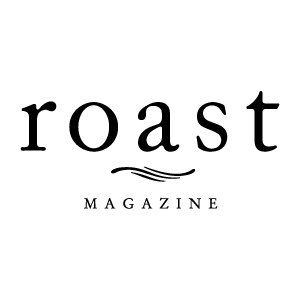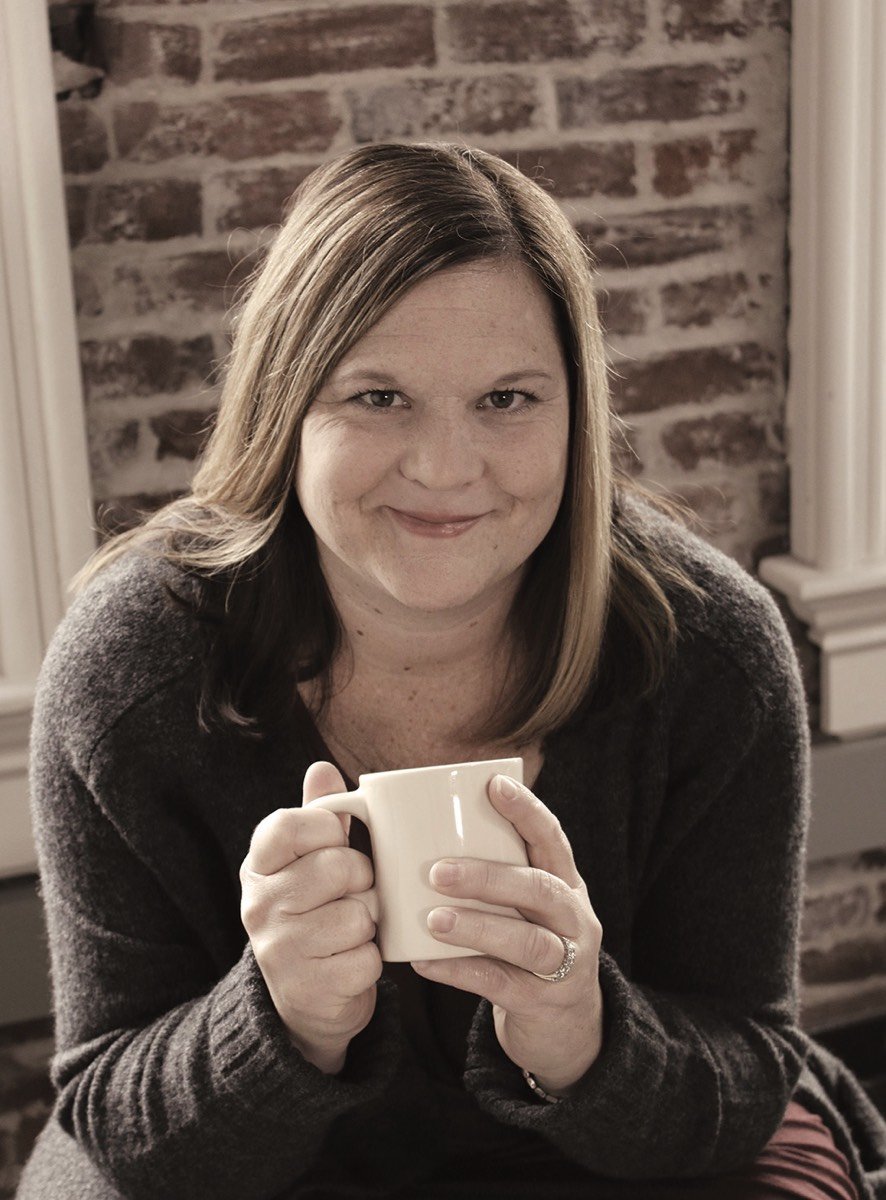Issue 122: March | April 2024
From the Publisher
The founder and publisher of Roast magazine, Connie Blumhardt has spent 25 years in magazine publishing and has worked in the coffee industry for the last 20 years. Connie brings the same passion and commitment to this industry journal that is present within the roasting community.
With each issue, Connie brings insight and inspiration to the pages of Roast with this column.
Connie Blumhardt, Publisher
Twenty years of From the Publisher columns, six per year. That makes this column number 121. I am often asked (and often ask myself), “What is there still to write about? Where do you get your ideas?” It’s not easy—deadlines, priorities and hundreds of distractions are continually crowding out the space needed to be creative. Having the time and space to be creative is something that I consciously and literally must construct in my day. It’s hard to calculate a return on investment from reading, daydreaming or creative thinking—and maybe that’s the point of why it is so important.
Making short notes, whether on my phone, collected on my computer, or the old-fashioned pen-and-paper method, are my means of capturing moments that may spark future creativity. A recent example: An interview published on our local public broadcasting service website featured Dr. Christopher Hendon of the University of Oregon. My quick note on the article was two words: coffee and volcano.
Now most coffee professionals, when given those two words to associate, would go straight to soil and terroir, as volcanic soils impart specific qualities in coffee. However, what caught my attention is that this association came from Hendon’s brilliant idea of putting a coffee lab out in the public sphere as part of a science outreach program. It turns out the static charge that spreads coffee chaff all over the counter after grinding, or as lost product on an industrial scale, was spotted by a group of vulcanologists who associated the effect with what happens during a volcanic eruption. It turns out that those scientists also have a lab to simulate an eruption and, importantly, to measure the static charge generated. With this connection, ideas start to flow on how to measure and control static charges generated at a large scale in industrial coffee grinding.
There are so many interesting observations on this story that can guide our ability to expand and progress in our businesses, in our industry and even in our daily lives. The initiative to put something out in public, to engage the public, and to encourage and follow up on curiosity from interactions with the public led to potentially useful solutions with industrial applications. This is powerful.
One last note for this issue. Many local publications are struggling, and many have failed. Those that survive need support. A world where local news largely comes to us unresearched, unconfirmed and unmonitored from social media (TikTok, Nextdoor, X, Instagram) is not only misleading, but potentially dangerous. Please support local, professional journalism in whatever form it takes in your region.
Warmest Wishes,
Connie
Advertisement











